Introduction
This paper concerns experiences of forced migration and displacement of Rohingya along and across the border between Myanmar and Bangladesh through the lens of the shifting gender roles and social identities of young Rohingya women. Before their experiences of forced migration and displacement, young Rohingya women typically adhered to traditional gender roles. These roles include routine household caretaking duties, childbirth, and childbearing. Rohingya women’s experiences of migration along and across the border between Myanmar and Bangladesh have given way to significant changes in their day-to-day lives. Foremost, migration brought forth a new dynamic in the lives of the young women I interviewed by restricting their abilities to meet basic daily needs, insufficiency of basic needs—i.e., food, shelter, clothing, and healthcare—is leading to an unprecedented change in women’s social roles not only at the individual level but rather at a broader societal level. My project maps these changes in the gender role of younger Rohingya women on the Myanmar–Bangladesh border and in the refugee camp with an eye toward how key parameters vital to the reproduction of social identities such as financial wellness, access to healthcare, food supply, security, and sanitization affect gender roles across generations.
Context of the Largest Influx of Refugees in 21st-Century Bangladesh
The western coastal region of Myanmar that connects to Bangladesh’s southeastern tip was known as Arakan in ancient times (Akhand, 13-15). Before colonial rule, the Arakanese (who speak Arakan Language) began settling in the southeastern border region as an “independent entity”. Rohingyas are the inhabitants of the historical Arakan of Myanmar (Shamsuddoha, 50-52). Myanmar gained independence on 4 January 1948, after which religious conflicts between the Muslim Rohingya communities and local Buddhist communities became more prevalent. The government of Myanmar contributed to these conflicts by denying the ethnic identity of Rohingyas, choosing instead to address them as Bengalis. Since 1982, the Myanmar government has denied Rohingyas citizenship rights based on their ethnicity and religion (Washaly, 6). The Myanmar government has alleged the presence of terrorist groups among the Rohingyas and used these claims as a pretext to intensify the “clearance operation” of 2017 (Washaly, 6). The Myanmar military’s campaign to ostensibly arrest the terrorists became an occasion to arrest and displace civilians. Rohingya victims of these operations have reported the burning of their homes and villages, torture, and extrajudicial killings of civilians, including women and children. Many people were issued personal threats to leave Myanmar (Beyrer and Kamarulzaman, 1570). The UNHCR website reports that “the latest exodus began on 25 August 2017, when violence broke out in Myanmar’s Rakhine State, driving more than 742,000 to seek refuge in Bangladesh”. They fled to Bangladesh to save their lives (Hasan, 1). As “push factors’ ‘ in the case of migration were “fear of political persecution” and loss of wealth and life (Bedanga, 1). According to the testimony of one of my interviewees, Maliha (pseudonym), middle-class Rohingya women the main factors for young Rohingya women are “being forcibly taken away, killed or abused by the military”. The young Rohingya women are “forced to flee their homes due to conflict, repression or persecution” (Martin, 156).
Then, the Rohingyas enter Bangladesh by crossing the Naf River and Hill Tracks, some of them also cross the Bay of Bengal on the way (Model Organization of American States, 1). The journey on foot from Myanmar to Bangladesh is a difficult one, for Rohingya, this is made worse by the lack of access to food, water, shelter, medication, or belongings. The journey across the border was even more arduous for young Rohingya women. However, this journey by young Rohingya women on the Bangladesh-Myanmar border is significant because it is life-changing. Therefore, my project examines not only how migration transforms the socio-economic conditions of young Rohingya women but also maps the profound effects it has on more intimate aspects of everyday lives. Having made this arduous journey, the young women whom I interviewed are now living in Kutupalong Rohingya Camp, Cox’s Bazar with a lack of access to running water, sanitation, and healthcare facilities, conditions in the camps are extremely bad for most inhabitants (White, 1).
The Traditional Gender Role of the Young Rohingya Women
Gender roles can be defined as the expectations that people, groups, and communities have for individuals based on their sex, as well as by every society’s values and views on gender (Blackstone, 335). Moreover, Gender norms are the product of the interplay between people and their settings, and they provide indications to people about what kind of conduct is considered proper for which sex. Appropriate gender roles are established by a society’s perception regarding gender differences. The allocation of roles at work could be gendered since it is linked to societal beliefs regarding who inhabits public space (Kamla, 188-205). “The workplace” is an important public space where identity is constituted and gender is performed (Carmona, 1). As Halford and Leonard address, “workplaces matter to how we have to negotiate our gender identities” (54). Similarly, the identity of young Rohingya women could be defined by their traditional gender roles as mothers, wives, sisters, or daughters based on their workplace (the domestic arena).
According to the tradition of the Rohingya community, a girl should marry at the beginning of menstruation, she has to maintain social and religious norms such as Purdah (veil system). In Myanmar the “young women needed to be within the boundaries of home and work there, they were not even allowed to talk or touch outsiders” (Anonymous, Personal interview 5). Hence, the young woman’s identity belongs only to her family and is circumscribed by her duties as a female. Purdah limited women from going outside in front of males and earning a livelihood and “gender ideologies of purdah and motherhood are some of the strategies by which women have resisted male power” (cited. Abdullah and Zeidenstein, 129). Surpassing those cultural norms, it became impossible for women to construct their own independent identities outside.
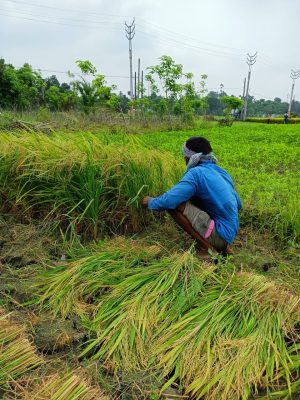
Moreover, in Myanmar young Rohingya women were the caregivers to the family, and they did not have leadership and did not have an active role in decision-making (Monira,11). In Myanmar, the household duties of Rohingya women included: procuring water and firewood, care work, cooking, cleaning, agricultural labor, and animal raising (Monira, 31). Aside from private home tuitions, very few women had any formal schooling. Among the women I spoke to, only a handful was able to receive vocational training provided by NGOs in Myanmar maintaining the Purdah (Anonymous, Group interview 1). In their roles as fathers, and brothers, men are traditionally imagined as the breadwinners of the household. In Myanmar, most young Rohingya men earn a living through the following activities: running small businesses, farming, fishing, cutting firewood, raising cattle, or teaching as an imam (who teaches Sariah law). Moreover, the Rohingya males are the owners of the property and they were “responsible to take care of the women of the family” (Maliha, Personal interview 2). Within such a traditional patriarchal division of labor, men dominate economic life and use this as the basis for exercising their authority in the household. Even the decision to migrate from Myanmar to Bangladesh was decided by male members of the household. Human rights activists stress that in Myanmar, Rohingya women were not permitted to leave their homes or “participate in community decision-making” (Monira, 38).
Changes in Traditional Gender Roles, and Lived Experiences on the Border
However, the lived experience of women’s journey across the Myanmar-Bangladesh border brought unprecedented changes in this social system. The lived experience is a personal understanding of the world collected through primary participation in everyday occurrences as contrasting representations generated by others (Daniel and Rod Munday, A Dictionary of Media and Communication). Recorded testimonies of forced migrant young Rohingya women recount their experiences of journeying across the border. According to the United Nations Population Fund (UNFPA), “after fleeing persecution and violence in Myanmar in August 2017, there are approximately 902,947 Rohingya people, 52 percent of whom are women and girls”. In making this journey, women overcame many challenges that have transformed their lives.
The journey across the border was challenging in terms of duration, natural calamities, food supply, and access to medication. First, it was a long journey of three to twenty days, the “permanent or semi-permanent change” of their lingering residence (Lee, 49). MOAS (Model Organization of American States) reported that “the journey took up to 17 days, often with limited food and water, no medical assistance, and crossing through mountainous terrain”. In addition, one of my interviewees, Amina (22), a young Rohingya woman said, “it took ten days for our group to come to Bangladesh and we didn’t have any vehicle or food, we had to take care of ourselves”. Previously, taking care of women was the role of the Rohingya males. In addition, she said that the hill tracks and the deep jungle were unknown to the young Rohingya women, and there was heavy rain along the way, the slope of the hill becomes slippery and muddy, and the mountain river started to overflow. She also added that considering the situation, the young Rohingya women decided that they had to wait several days on the hill slope for the rain to stop. Here women have taken part in decision-making, whereas decision-making areas were dominated by the male in Myanmar.
Then, on the way, following the gender norms like bodily privacy maintaining Purdah was impossible. While crossing the border, younger Rohingya women stayed in groups and walked day and night because they could not sleep properly in the deep jungle, at night they slept under the open sky (Anonymous, Personal interview 5). Moreover, the group members used to hold “each other’s hands” (could be an outsider male) so that no one would be left behind while crossing the little hill channels or muddy paths (Noorzat, Personal interview 3). The women stayed in groups, there was no chance to maintain Purdah as the women needed to “feed breast to the child” in front of other males (Rahima, Personal interview 6). In a word, “women started ignoring the rules of seclusion, or purdah, because of the need to ensure their own and their family’s survival” (Custers, 213). Besides, for food, they had only dry provisions like Chira/Muri (rice-made dry foods), noodles, biscuits, bananas, and almonds, which finished within a very short time (Noorzat, Personal Interview 3). In Myanmar, the male member owns the land, and farm, there was plenty of food, but on the way, both the man and woman need to search for bread to survive. Noorzat also said, “I work as a housemaid and brought food from a nearby house on my way to Bangladesh and fed my family”. Here the women are sharing the role of “breadwinner” (Monira, 32). Again, though some of my women interviewees had rice with them on the border, the women could not cook for their families or children because if they had made a fire in the deep jungle, the Myanmar army would be able to find and kill them. In this case, the women also lead the decision not to cook considering the circumstances.
Furthermore, for many women, the journey across the border also threw new challenges about money, sanitation, and sexual health which lead to changes in their previous gender roles and earning a livelihood in the camp. For example, one of the interviewees shared, “there was a little food shop on the way, but I could not buy food because I had no money. My husband was with another group. My little daughter starved for three days” (Maliha, Personal interview 2). Although her family was well to do in Myanmar, Maliha had to witness her child starving for days on the way because her husband had left no money for her during the journey. She added that this incident forced her to reflect more on her financial status and to search for food during migration. Later, to support herself, she started working as a teacher in the Learning Center at the Camp.
The journey across the border confronted women with new challenges in negotiating menstruation, which is a natural process for women. During this time access to clean water and sanitary napkins are essential for maintaining health and hygiene, and women need to take care of their own health. Nonetheless, WaterAid, the international NGO which works on clean water, hygiene, and sanitation reported that “illnesses related to a lack of water, basic sanitation and hygiene are responsible for the deaths of almost 800,000 women worldwide” (Priyanka, 2019). In addition, my interviewee, Noorzat (20) shared that her sister got her period while crossing the border, however, she had no clothes or sanitary napkins, or clean water, later her sister developed an infection due to contaminated water. Noorzat used to take care of her sister to manage the situation. Even the husband abandoned Noorzat’s sister when she reached the camps. Thus, in the camp she needed to think about her survival, and to maintain herself she started to work as a tailor outside of the house (Noorzat, Personal interview 3). In the same context, Nuzrat Hossain, who is a Human Rights activist, works in the Rohingya Camp 1E asserts “after these types of traumatic incidents, the women started to think differently about traditional gendered expectations for married Muslim women”. The young women are forced to think of playing the role of the breadwinner. The experiences of hunger and their inability to rely on their husband for financial support forced them to earn a livelihood for themselves and their children.
Impacts of the Migration: A Shift to Identity Transformation and Mental Changes
Once again, migration in 2017, brought about a sudden transformation in the economic class of young Rohingya women mostly from high class to lower class, and in the course of their lives, which had both “positive and negative” impacts on young women in particular (Anonymous, personal interview 5). First of all, in terms of the testimony, the experience of crossing the border made many young people aware of the consequences of their dependence on male members of the household for personal necessities, such as food, money, shelter, and medical care. For instance, one of my interviewees reported that her neighbor was abandoned by her husband after she contracted a vaginal infection due to an unhygienic delivery during migration. When her husband left her with virtually nothing in Bangladesh, she was forced to search for new means to maintain herself and her children. Most of my interviewees claim to have belonged to wealthy families in Myanmar, having two-storied Pucca (plank-made) houses, along with some share of farmland, rice fields, and livestock. At present, most of the young Rohingya live with their family in the camp in makeshift, congested rooms in the camps without access to healthcare and sanitation facilities, and among them, some are abandoned or become a widow (Chan, 3). In every case, their social dislocation leads to economic dispossession as in Bangladesh they do not have any property or means of life, they entirely depend on relief. In Myanmar, they had a social status that is crucial to surviving. Yet in the host country, they become “poor” losing their “economic status”, because of new financial needs they started working as handicraft makers (Anonymous, Personal interview 4). Therefore, women are taking the initiative to be independent.

Secondly, another effect is not only that, but also in the Bangladesh Rohingya camp, there are some changes in gender roles, with more women working outside the home, and more men participating in domestic work like child-caring and domestic, cooking, cleaning, and collecting water (Monira, 11). Significantly, there are 27% female-headed households in the camp (Monira, 28). In Myanmar, the women used to work so hard in the domestic sphere, but their work was never valued. For women who did not come to Bangladesh with any male support, they had no one to rely on for financial support. This realization leads them to become independent and take on roles as paid volunteers in NGOs, a tailor, or a teacher in a Learning Center after the migration.
Third, the impact of the migration is that it has also opened up new life chances for women compared to their status in Myanmar where they were not allowed to work outside the household. Women’s migration to Bangladesh created the conditions for the breakdown of older societal boundaries. Every individual experience indicates that attempts to promote female employment, access to resources such as knowledge, training, and education, and employment have a beneficial impact by protecting households from financial difficulties. Women also learn new skills and gain workplace experience. Many new opportunities have opened up for young women in the camps. Many are seeking paid work as volunteers in different NGOs, tailors, handicraft makers, seasonal laborers in the local economy, record keepers in local schools, and often as house help (Monira, 32). As a continuous process, paying labor of the Rohingya young women have “connected their identity with their recent working place” (Carmona et all, 1).
Following Carmona, another positive outcome is, that paid work in the camp has allowed Rohingya women to assume new identities based on their workplace (Das, Humanitarian worker interview 2). In this regard, Dale and Burrell also noted, “the situation and relations of the workplace have been seen as the most significant site of identity construction in […] capitalist society” (106). “Having a job” for young Rohingya women creates the opportunity to create a proactive identity (Dale, 649-678). To allude, my interviewee, Nurjahan (22) states that in Myanmar people address Nurjahan following her husband’s name (Ismalie’s wife), or people address her as Chachi/Mami/Fufu (aunt) which is also based on the relationship with her husband or brother. Her name does not signify any significance. Nurjahan urges, “I am about to forget my full name. But now I work as an NGO volunteer, people used to address me as Nurjahan Apa (Sister Nurjahan) with due respect. I get a new responsibility, even my husband now listens to me very carefully”. Nurjahan says that She feels proud of getting a new identity.
Fifth, this migration created a sense of belonging and pride in the young Rohingya women exceptionally. To elaborate, several women participants in a group interview that I took expressed a new sense of pride derived from having new social roles and an independent source of income to support their families (Anonymous, Group interview 2). This pride is the source of their “sense of belonging” that reveals their unconscious desire of being someone by comparing their gender as “us (in-group)” with the economically facilitated male group as “them (out-group)” (Saul,1). The “differences between groups” and “the similarities of things in the same group” triggered the consciousness of social categorization among the women that later led them to “social identification and social comparison” (Saul,1). By comparing their marginalized conditions, they have gone through a change in perspective (Das, Humanitarian Worker Interview 2).
Sixth, this migration impacts the young Rohingya women positively by exposing them to new knowledge. By coming closer in contact with NGO workers, younger Rohingya women have learned more about basic health practices such as vaccination and first aid medical training. They have also gained greater access to information about nutrition, family planning, and broader social goals of women’s empowerment. Earlier, they were ignorant about that knowledge (Anonymous, Personal interview 5). Thus, this migration has brought a profound shift in the mentalities of young women who are now seeking opportunities that were not available to an older generation of Rohingya women. They are also advocating for social change among more traditional members of the community. For illustration, one young woman in the Rohingya community is working as a teacher at the Camp Learning Center, she said:
I have a dream, there are many superstitious people among Rohingyas. Creating awareness among them so that our Rohingya society can prosper. Ignorant people still ask: why do girls go out? Why would girls work? I want to change the attitude of such people. Change in society will change the fate of girls, they will be supportive, I dream for my children. May their life be easier than ours.
Therefore, the young Rohingya women hope for intergenerational changes as they want to study at the university, they want to earn money and support their parents (Monira, 39). If nurtured well, this shift in mentalities could result in wider social transformations in the coming years.
Nevertheless, there are some important exceptions to this picture. Such as the condition of disabled, illiterate, and poor women which has remained largely the same (Chan, 3). Everyday life for many women from these categories continues to be restricted to housework. In the camp, some of these household activities are even harder, such as having to collect water from the top of the hill. In addition, waterborne illness epidemics, including cholera, diarrhea, typhoid, and hepatitis E infection are serious problems in the camps (White, 309). Besides, several pregnant women have died of hepatitis E infections. Chan adds that “Global Acute Malnutrition (GAM) and Severe Acute Malnutrition (SAM) were reported to be 24.9% and 4.7 %” (4).
Moreover, some young women lost their entire families and are battling mental illness as a result. For example, Rahima said that her elder sister becomes mentally sick losing her four years old son. To some extent, due to this migration, the cultures of the Rohingya community are hampered. For instance, one of my older interviewees says, “I think the women of the young generation are being ruined by the influence of NGO workers, the young do not maintain Purdah […]”. My older interviewee criticizes younger women for not following religious norms when the young women go out of the house with their colleagues. The old generation complains that young girls no longer want to get married and raise a family. Additionally, my old interviewee thinks that for disobeying religious norms the rate of sexual violence has also increased in the Rohingya community. In this concern, it seems like the heritage of the Rohingya society’s ancestors is disappearing gradually due to migration.
Conclusion
To sum up, initially, women played the role of housewives in Myanmar’s Rakhine state, but the experience of adversity has changed the gender role of young Rohingya women. In previous kinds of literature, only the change in socio-economic conditions in women’s camps has been highlighted, not just this change. Nevertheless, at camps in Bangladesh, women have increasingly taken to newfound work in stitching, tailoring, decorating, and handicraft making. They have also been provided with a basic level of education. The new identities as trainees and workers that young Rohingya women have assumed have allowed them to voice themselves in both private and public life. Migration can thus be seen to have both negative and positive impacts on (younger, able-bodied, literate) Rohingya women. Furthermore, the financial collapse has led Rohingya women to spearhead a transformation in gender roles among Rohingya refugees. It ought to be stressed that these changes have not taken place fully and suddenly, but rather intergenerational shifts in the hearts and minds of Rohingya women and men that have taken and will continue to take many years to unfold. In a word, positive and negative effects of migration seem like two sides of the same coin.
Works Cited
Primary Sources:
- Amina. Personal interview 4. 26 May 2022.
- Anonymous. Personal interview 5. 26 May 2022.
- Anonymous. Group interview 1. 26 May 2022.
- Anonymous. Group interview 2. 26 May 2022.
- Das, Joy. Humanitarian Worker Interview 2. 28. May 2022.
- Hossain, Nurzat. Humanitarian Worker Interview 1. 28 May 2022
- Maliha, Jubayer. Personal interview 2. 26 May 2022.
- Nurjahan, Khatun. Personal interview 1. 26 May 2022.
- Noorzat, Khatun. Personal interview 3. 26 May 2022.
- Rahima. Personal interview 6. 26 May 2022.
Secondary sources:
Abdullan, T, and S. Zeidenstein. Village Men of Bangladesh: Prospects for Change
Oxford Pergamon Press, 1982.
Amy, Blackstone. “Gender Roles and Society.” Human Ecology: An Encyclopedia of Children,
Families, Communities, and Environments, edited by Julia R. Miller, Richard M. Lerner, and Lawrence B. Schiamberg. Santa Barbara, 2003.
Ahsan, Monira. An International Analysis of Cox’s Bazar in Bangladesh. Inter-Agency
Research Report, 2020. Assessed 28 June 2022.
Akhand, Dr. Mahfuzur Rahman. Arakan Rajyer Muslim Itihas [Muslim History during
Arakan Empire].Bangladesh Co-operative Book Society, 2013.
Bedanga. Push and Pull Factors and Lee’s Theory of Migration. e-PG Pathshala
[Library], 2018.
Beyrer, Chris, and Kamarulzaman Adeeba. Ethnic Cleansing in Myanmar_ the Rohingya
Crisis and Human Rights. Lancet, vol. 390, issue. 10102, 2017.
Brown, Patrick. “Rohingya emergency”. UNHCR, 2019. //www.unhcr.org/rohingya
emergency.html
Carmona, Salvador, and Mahmoud Ezzamel. “Accounting and lived experience in the
gendered workplace, Accounting, Organizations, and Society”. Elsevier,
volume. 49, 2016.
Custers, Peter. Capital Accumulation and Women’s Labour in Asian Economies.
Vistaar Publications, 1997.
“Cox’s Bazar: A displaced people longing for a sense of home.” United Nation
Population Fund, 2021,
www.unfpa.org/coxs-bazar-displaced-people-longing-sense-home#:~:text=After%20fleeing%20persecution%20and%20violence, Bazar%20district%20on%20Bangladesh’s%20coast. Accessed 4 May. 2022.
Chandler, Daniel, and Rod Munday. A Dictionary of Media and Communication.
Oxford University Press, 2011.
Dale, Karen. “Building a social materiality: spatial and embodied politics in organizational
control”. Organization, 2005
“Expanding education for Rohingya refugee children in Bangladesh.” UNICEF, 2020.
www.unicef.org/bangladesh/en/stories/expanding-education-rohingya-refugee-children-bangladesh. Accessed 30 Arp. 2020.
Halford, Susan, and Pauline Leonard. Negotiating Gendered Identities at Work. 2006.
Kamla, Rania. “Syrian women accountants’ attitudes and experiences at work
in the context of globalization”. Accounting, Organization, and Society,
volume. 37, issue.3, 2012, pp. 188-205.
Lee, Everette S. “A Theory of Migration”. Demography, vol. 3, 1966.
Martin, Susan F. International Migration Evolving Trends from the Early Twentieth
Century to the Present. Cambridge University Press, 2014.
McLeod, Dr. Saul. “Social Identity Theory”. Social Psychology, 2019,
www.simplypsychology.org/social-identity-theory.html. Accessed 4 May. 2022.
Md. Shamsuddin, Hasan. “When will the Rohingya crisis be resolved?”.
The Daily Jugantor, 2020, www.jugantor.com/todays-paper/sub-. Accessed 23 Mar. 2022.
“Migration Journeys: Rohingya Refugees”. Model Organization of American States, 2015. www.moas.eu/blog-migrant-journeys-rohingya-refugees/
Mahmood, Sayed, et all. “The Rohingya People of Myanmar: health, human rights, and
Identity”. Lancet, 2017.
Shamsuddoha et all. Buddhist Nationalism Rohingya Crisis and Contemporary Politics,
edited by Asif Bin Ali and Sabbir Ahmed, Borno Prokash, 2019.
Schnabel, L. & Huang C. “Removing Barriers and Closing Gaps: Improving Sexual and
Reproductive Health and Rights for Rohingya Refugees and Host Communities.” Center for Global Development, 2019. //www.cgdev.org/ publication/removing-barriers-and-closing-gaps-improving-sexual-and-reproductive-health-and-rights. Accessed 29 Arp. 2022.
Singh, Sudhvir, and Jessica Beagley. “WHO and the health crisis and
the Rohingya people of Myanmar.” Lancet, vol. 389, pp.801-2, 2017.
Tajfel, Henri, et all. “An integrative theory of intergroup conflict”. Organizational identity
A reader. CA: Brooks/Cole, 1979.
Tanwar, Priyanka. “No access to menstrual hygiene is the fifth biggest killer of women in the
world.” India Today, 2019.
www.indiatoday.in/education-today/gk-current-affairs/story/no-access-to-menstrual-hygiene-fifth-biggest-killer-of-women-in-the-world-1552450-2019-06-20. Accessed 29 June 2022.
Washaly, Najeeb. “Rohingya Identity Crisis and Exodus.” Rohingya: The Identity
Crisis. Ecos de la Academia, 2019, pp. 1-20.
White, Kate. Rohingya in Bangladesh: an unfolding public health emergency. Lancet, Oct. 2017.
White, Kate. “Rohingya in Bangladesh_ an unfolding public health emergency.”
Lancet, vol. 390, issue.10106, 2017. dx.doi.org/10.1016/S0140- 6736(17)32677-6
“World Health Organization, Fact sheet: Hepatitis E. Available”. WHO,
www.who.int/mediacentre/factsheets/fs280/en/, 2017b. Accessed 28 Arp. 2022.

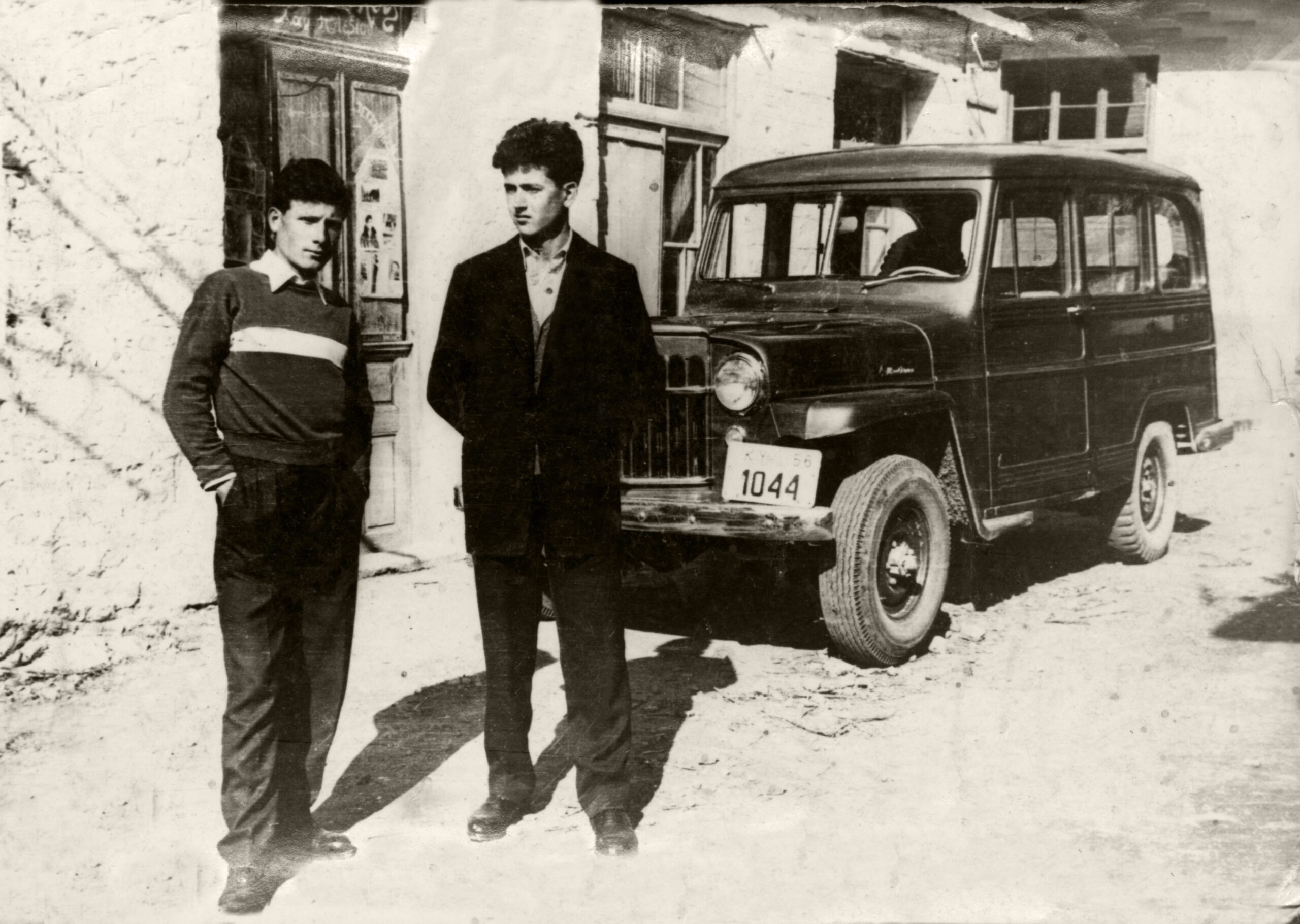
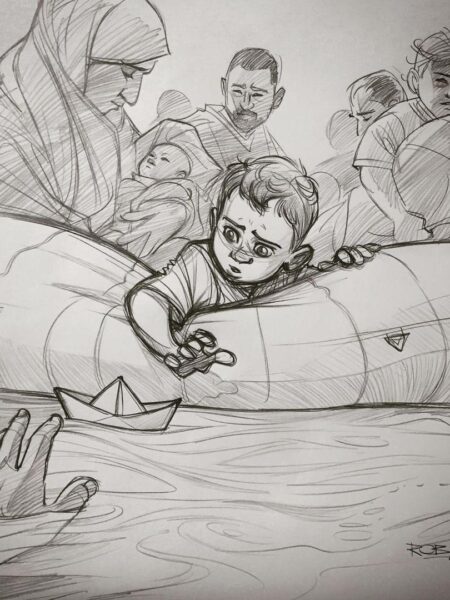

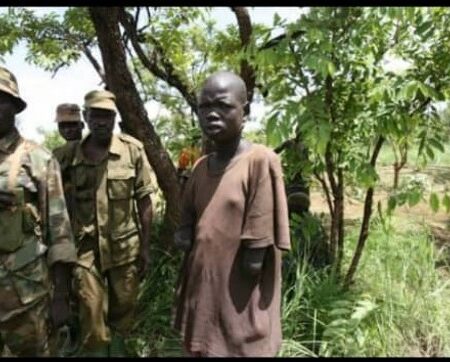
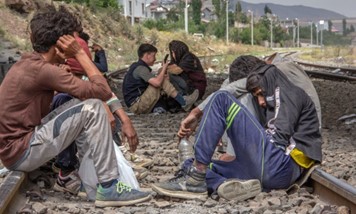
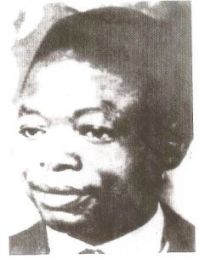
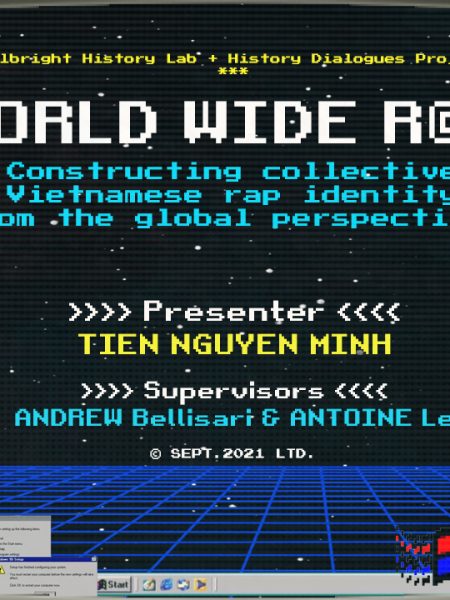
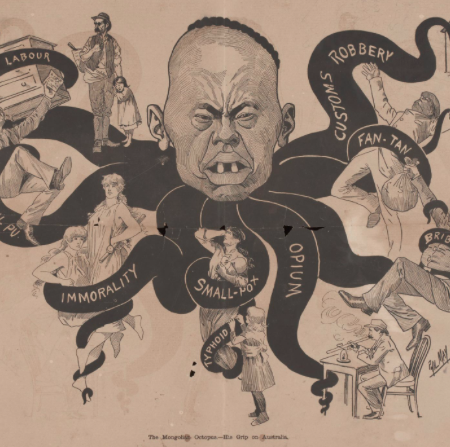


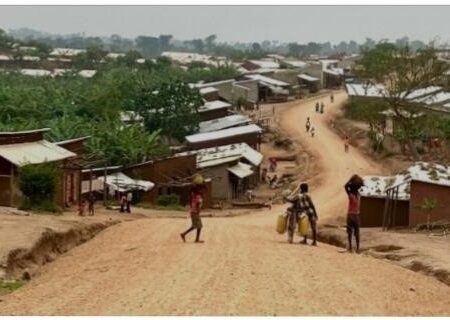
How many Rohingyas have crossed into India.As per Indian govt.recors it’s around half million.Is it true?
.
As it is not estimated officially that how many Rohingyas have migrated, we could say, it is an assumption; about a half million people crossed border.
This is really a fascinating research project as you have focused on the minority group of people and their lives experience. I love the way you have blended different aspects of Rohingya migration with such coherence.